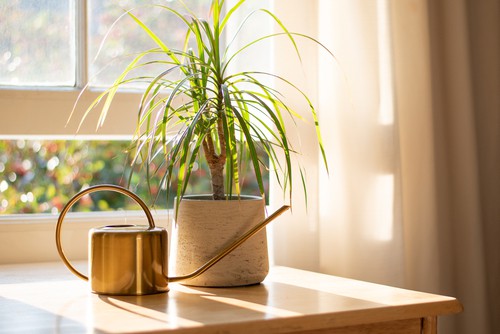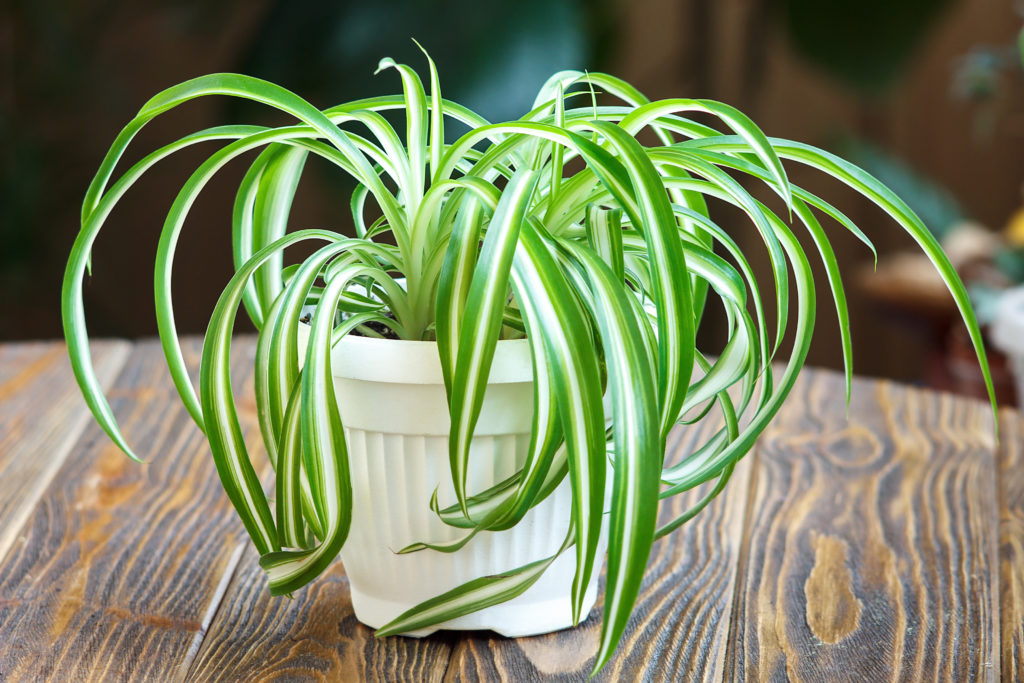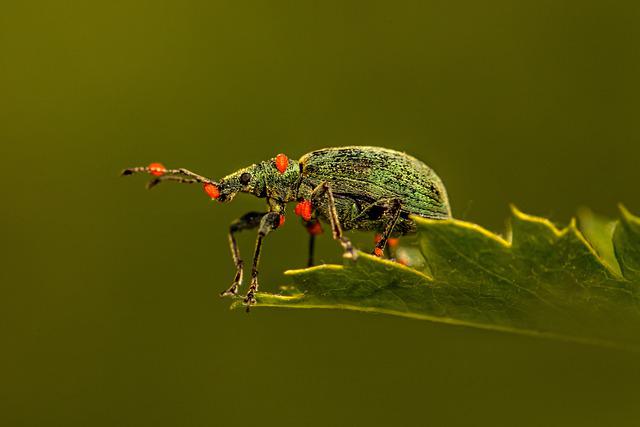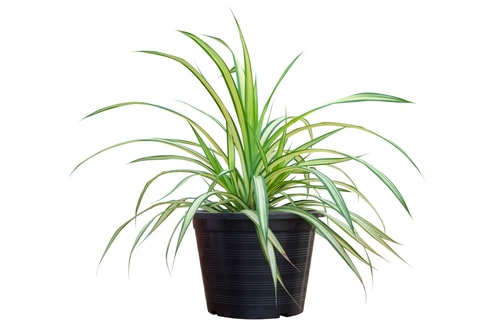Among plant lovers, there might be a need to do a spider plant vs. dracaena comparison at some point. Even though both plants look alike, they are different in some ways. In this article, we will be pointing out the ways in which the spider plant and dracaena differ.
Now, let’s proceed!
Spider Plant vs. Dracaena

Without paying close attention to the spider plant and dracaena, you’ll possibly believe both plants are the same. Interestingly enough, they both have a white stripe on their leaves. But one major difference between the two plants is their leaf width.
Compared to the spider plants, the dracaena plants have broader leaves and are usually taller.
See similar posts:
- Philodendron Lemon Lime vs. Moonlight
- Peperomia Silver Ripple vs. Frost
- Hoya Krimson Queen vs Princess
A Quick Spider Plant vs. Dracaena Comparison
| Plant | Spider Plant | Dracaena |
| Leaf Color | Bright green with a central white stripe | Dark green |
| Stem Color | Green, white (depending on variety) | Red |
| Variegation | Green with white stripes on the leaf edges. | Glossy green, or may have cream, red, or yellow edges |
| Flower | It produces small white flowers occasionally. | It produces white or small light-green flowers. |
Spider Plant vs. Dracaena Differences
While it seems hard to distinguish between the spider plant and dracaena, it is not. Just pay close attention to the two plants and you’ll notice their differences. Now, let’s discuss their names, origins, color differences, flowers, and more!
1. Origin and Name
Spider plants originally originated from the South African tropical rainforest. On the other hand, the dracaena plants are native to the Old World tropics, particularly Africa.
Chlorophytum comosum is the botanical name of the spider plant. It is also known as “spider ivy”, “airplane plant” and “ribbon plant”.
Other names for Dracaena include dragon trees, cane plants, corn plants, cornstalk dracaena, and cane plants.
2. Taxonomy
While the spider plant and dracaena share certain similarities in terms of taxonomy, they’re slightly different.
Spider Plant Taxonomy
- Kingdom: Plantae
- Phylum: Magnoliophyta
- Class: Liliopsida
- Order; Asaparagales
- Family: Asparagaceae
- Genus: Chlorophytum
Dracaena Taxonomy
- Kingdom: Plantae
- Phylum: Magnoliophyta
- Class: Liliopsida
- Order; Asaparagales
- Family: Asparagaceae
- Sub-family: Nolinoideae
- Genus: Dracaena
3. Shape & Appearance

Without taking a close look at the spider plant and Dracaena, you’ll assume they are the same. Sure, both plants look alike, but the spider plant has long narrow leaves.
On the contrary, the dracaena leaves are usually wider, which means they don’t look like grass.
4. Differences in Color
Spider plant leaves are commonly solid green or variegated with cream-colored stripes. Dracaena leaves can be fully green or may have red, green, yellow, or cream stripes.
5. Leaf Size and Texture
Most of the time, the spider plant’s leaves grow between 0.2 and 1.0 inches in width. And in length, the leaves can reach between 8 and 18 inches. Its leaves have a fine texture and are of medium density.
As for the Dracaena leaves, they can be 1 to 2 inches wide and 6 to 8 inches long.
6. Height and Growth Rate
Under the right conditions, spider plants can grow between 2 and 3 feet tall. Plus, the plants can reach full maturity of 12 to 24 inches within a few years as they’re fast growing.
On the contrary, the Dracaena plant can grow between 2 and 10 feet tall. They do not grow quickly and may reach about 5 feet after 10 years.
7. Flowers
While spider plants produce small flowers, it is rare. So it is always surprising to see flowers on the plants.
Dracaenas produce a bunch of small, sweet-smelling flowers that can be pale or white. In the wild, they can produce flowers two to three times every year.
Spider Plant vs. Dracaena Similarities
Although the spider plant and dracaena differ in some ways, they share certain characteristics.
Take a look at 4 of them below:
1. Sunlight

Both the spider plant and the dracaena flourish in bright, indirect sunlight. It’s no wonder why homeowners prefer to keep their plants indoors. Excessive exposure to the sun can make the plants’ leaves turn brown.
2. Watering
As with other spider plants, the dracaena’s water requirement is the same. They both need moisture, but not in an excess amount. Since both plants are drought-tolerant, only water them when the soil feels dry.
3. Potting & Soil
Like many household plants, the spider plant and dracaena like well-drained, rich soil in pots with drainage holes. They also do well in pots that are slightly larger than their roots.
4. Fertilizer
Another similarity between the spider plant and dracaena is their fertilizer requirements. Both plants require liquid fertilizers with the right quantity of nitrogen, phosphorus, and potassium to remain happy and healthy.
Common Problems for Both Plants

The spider plant and dracaena are prone to problems common to other household plants. Here are some of them:
1. Leaf Discoloration
Both spider plants and dracaenas can experience browning or yellowing of their leaves. Common causes of this problem include underwatering, overwatering, extreme temperatures, and pest infestation.
Sometimes, the spider plants and dracaena may also be suffering from a lack of nutrients or low humidity. Watering both plants correctly and applying the right amount of fertilizer can prevent leaf discoloration. Also, keeping these plants away from places with extreme temperatures and increasing their humidity levels can be helpful.
2. Pest Infestations
Like most houseplants, spider plants and dracaenas are susceptible to pest infestations. Mealybugs, aphids, and spider mites are the most common pests that attack these two plants. Not only do these pests damage the plants’ leaves, but they can also limit their growth. Monitoring these houseplants regularly and using pest control measures can help keep the pests away.
3. Root Rot
Overwatering the spider plants and underwatering them can expose them to root rot. Growing both plants in soils that don’t drain well can also cause this problem. Root rot can cause droopy leaves, yellowing of leaves, and poor plant growth.
Use well-draining soil for both plants to prevent root rot. Also, make sure the soil dries out while watering to help it retain a moderate amount of moisture
Conclusion
We’re sure that this article has answered your spider plant vs. dracaena questions. As a result, you’ll be able to pick the plant that best meets your needs. Moreover, it will be easy to differentiate between the plants when the need arises.
While there are many differences between the two plants, the most visible one is the width of their leaves.
Frequently Asked Questions
Is Dracaena and Spider Plant the Same?
No, dracaena and spider plants are not the same. Even though both plants look alike and even share a name (ribbon plant), they are different. One major difference between both plants is that the dracaena grows taller and has wider leaves than the spider plant.
What’s Another Name for a Spider Plant?
Another name for the spider plant is Chlorophytum comosum, also known as spider ivy and ribbon plant. It is one of the most popular household plants. Not only are the plants easy to grow, but they can also survive in different conditions.
What Looks Like a Spider Plant But Isn’t?
Surprisingly, many plants look the same as spider plants. They include the Carex-Japanese Sedge plant, Ophiopogon–White Lily Turf, Pandanus plant, and Stenotaphrum. However, there are clear differences between these plants and the spider plant when you observe them closely.

Hey, I’m Lisa and I’ve been an avid gardener for over 30 years. I love writing, talking and living in the garden! Feel free to connect with me on my socials below

